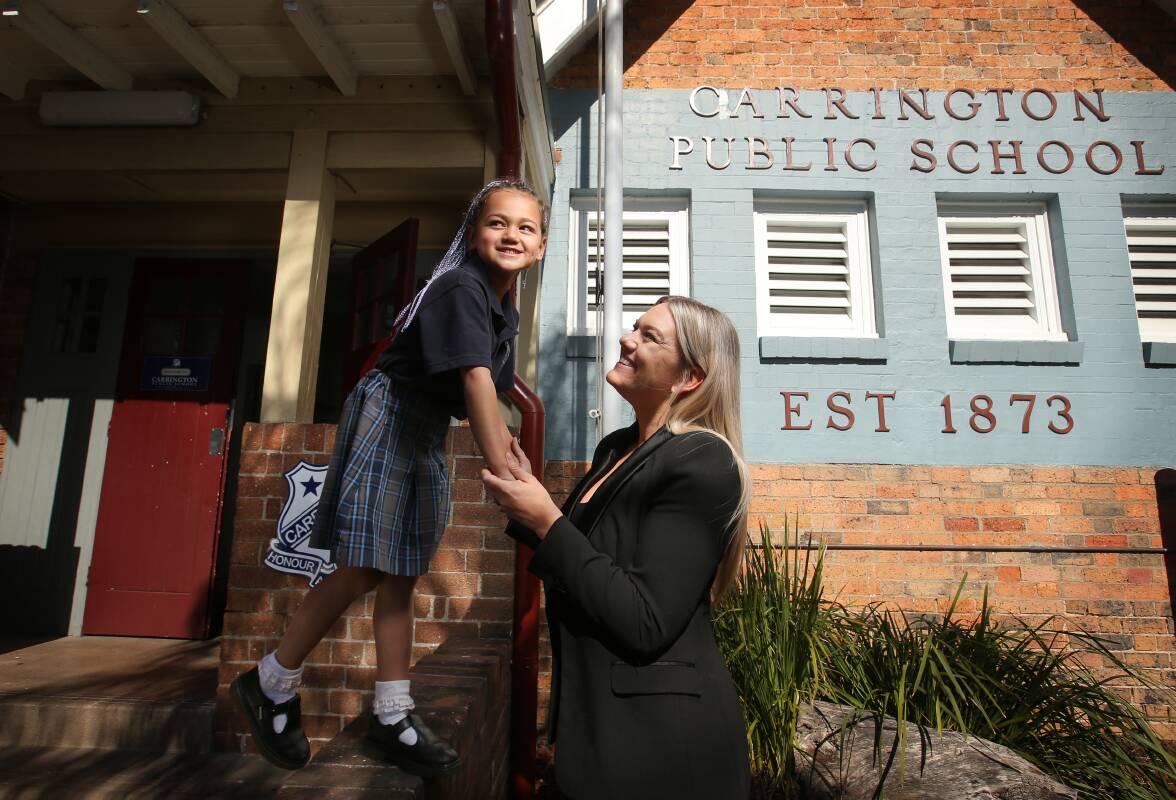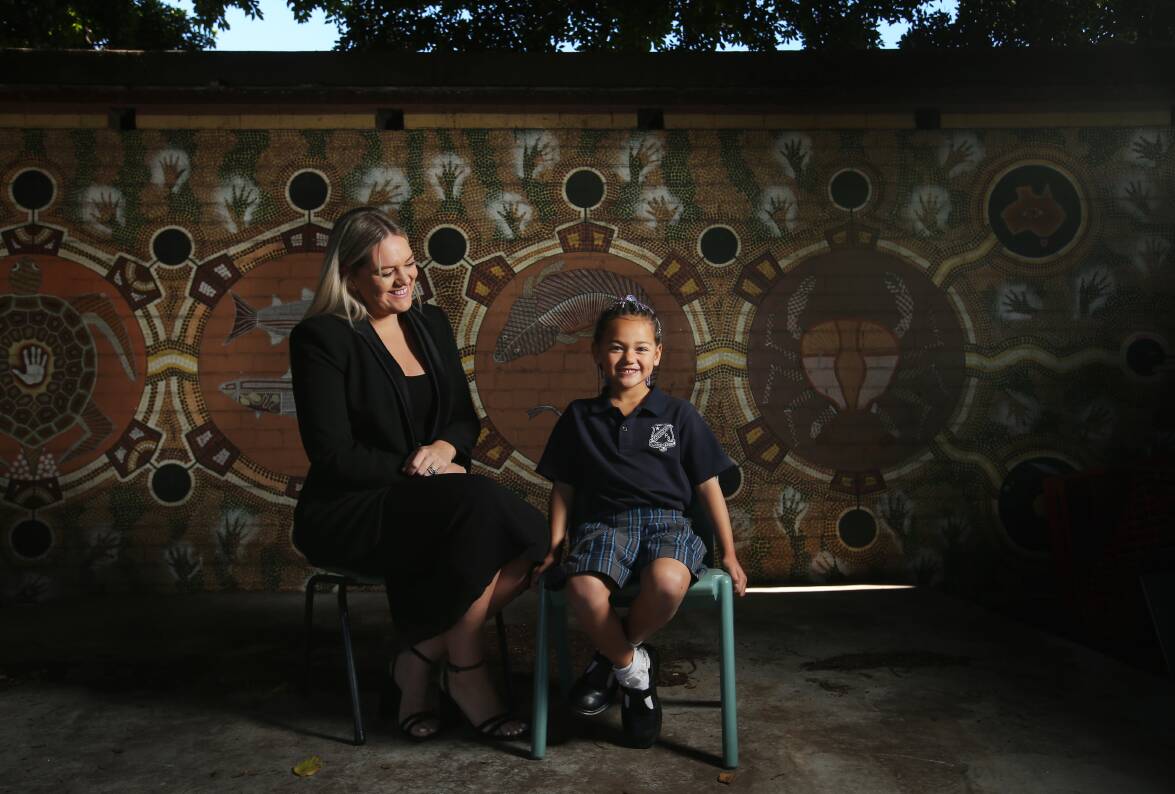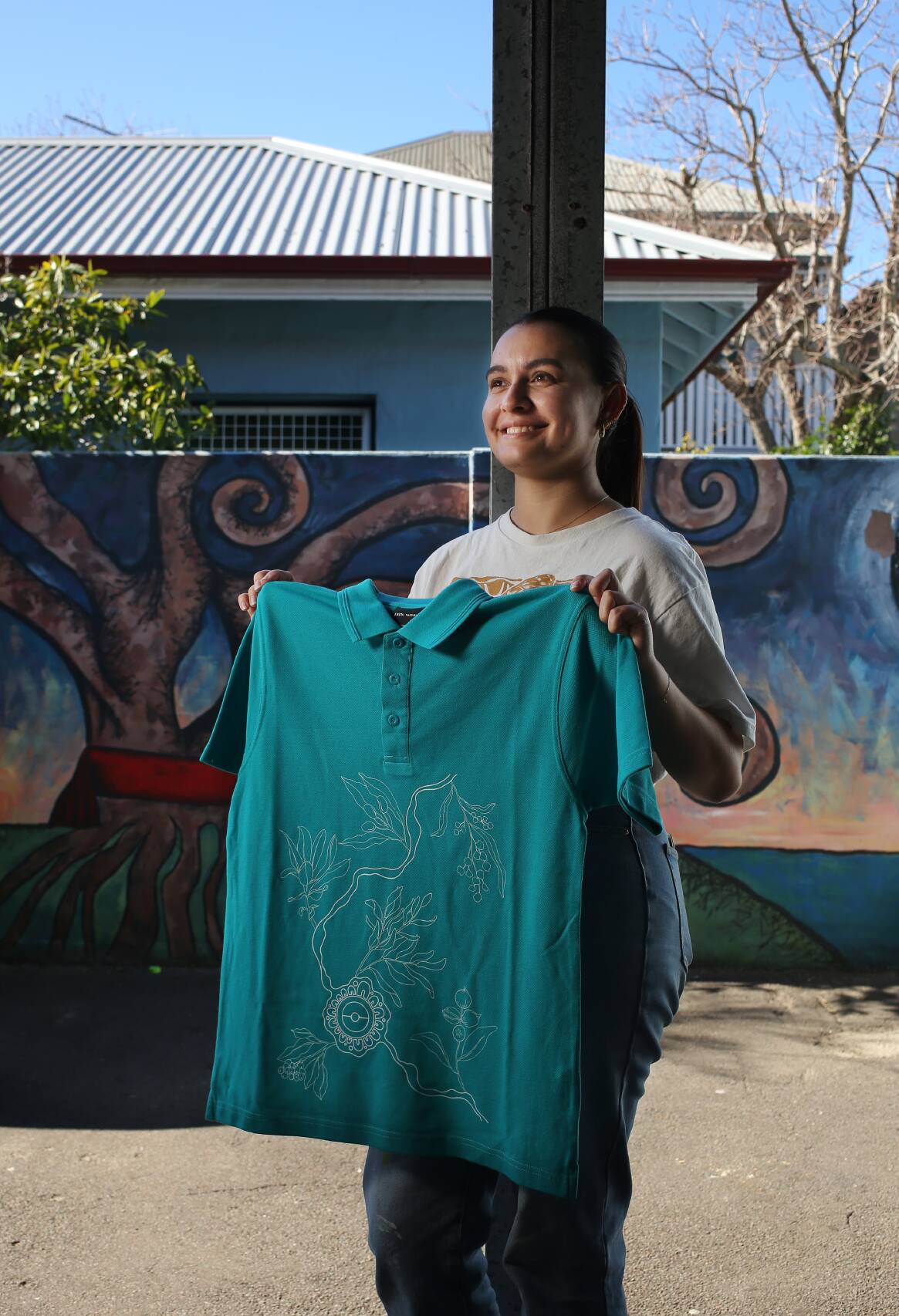
CARRINGTON is renown for being a tight-knit community and for the past 150 years its primary school has been the beating heart of the suburb.
On Friday Carrington Public School will celebrate its 150th birthday as part of NSW Education Week.
The celebration is particularly poignant to year 2000 school captain Emma Savaiinaea, whose family connection to the school dates back over 100 years and five generations to George Ramshaw.
Fifteen members of her family have attended the school including her mother Nichelle Hughes, grandmother Audrey Ramshaw and great-grandfather Jonathan Ramshaw.
This year Ms Savaiinaea's daughter Winter, 5, became the sixth generation from her family to attend the school when she started in kindergarten.

"It's still the heart of the community, the school," Ms Savaiinaea said.
"The only way it has changed is the families that attend the school, we don't know them anymore.
"We used to know every single family that attended."
The school opened on September 16, 1873 and was originally known as Onebygamba Public School, meaning "mud crab place", before it adopted Carrington in 1889.
To celebrate 150 years Carrington will host a special assembly on Friday.
The school's oldest living alumni Joan Carter and Joan Stewart, both 93, are expected to attend the assembly.
The life-long friends started in kindergarten together in 1935.
To mark 150 years Aboriginal artist and teacher's aide Kulka Fahey designed a special shirt in consultation with two students from each grade.
All 136 students have been donated the shirt for the assembly.

Ms Fahey said the shirt was inspired by the school's history and natural harbourside environment.
"All the kids pretty much said they wanted some crabs, animal tracks, the creek, the native plants, so we had to incorporate that into the design and make it something for the school," Ms Fahey said.
Principal James McGill said Carrington Public is proud of its diversity and prominent role in the inner-city suburb's identity.
"We see the whole range in Carrington, it's definitely not a monoculture," Mr McGill said.
"Over 30 per cent of our students are Aboriginal and we still have over 50 per cent of our kids come from a low socioeconomic advantage group, so we're still servicing a broad range of the community.
"We've been a constant in the community. It's always been a place that the community has been proud to send their kids."







